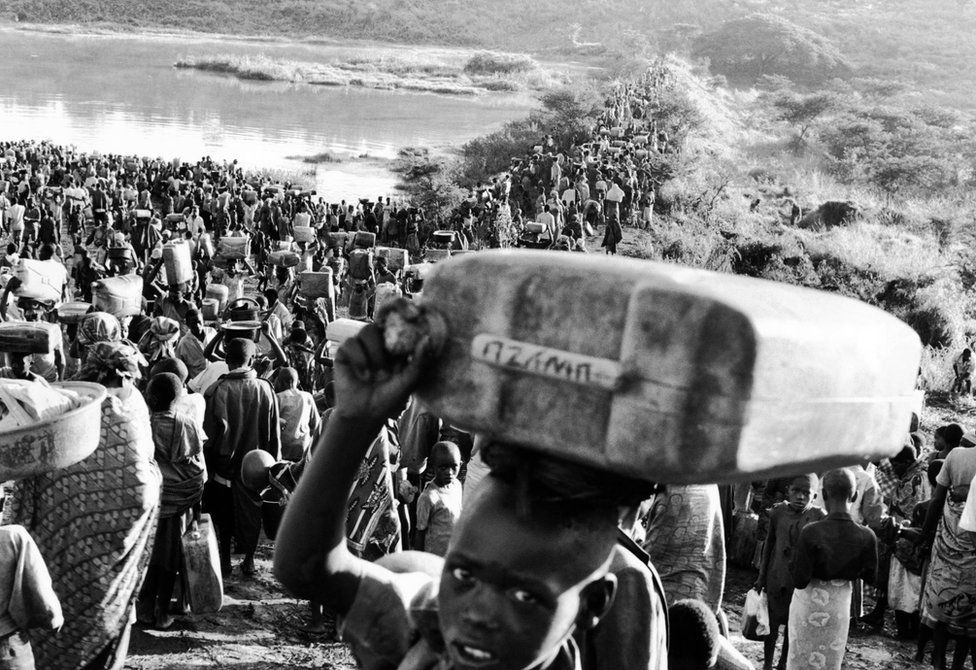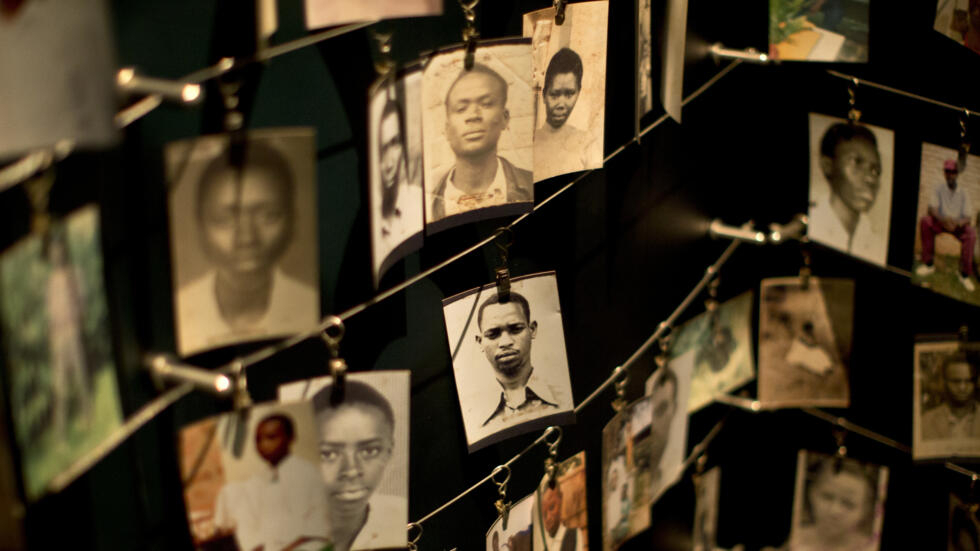Main cause of the 1994 Rwanda genocide
Main cause of the 1994 Rwanda genocide : Before we even delve into the primary reason for the genocide in Rwanda, let’s learn a little bit about the nation. Because of its numerous hills’ famed beauty, Rwanda is a small landlocked nation in East-Central Africa that is sometimes referred to be Africa’s Netherlands or simply the land of a thousand hills. Tanzania, Uganda, Burundi, the Democratic Republic of the Congo, and Burundi all border the nation. While the Tutsi were cattle keepers, the Hutu were primarily crop farmers. For a while, the majority Hutus were under Tutsi domination.

The Rwandan president was killed on a plane by unidentified missile in 1994, which served as the initial catalyst for the Rwandan genocide. After an hour following His Excellency Juvenal Habyarimana’s death, the government army and the presidential guard began to massacre the Hutus and Tutsis in the nearby areas.
When Rwanda gained independence, there was segregation in the government and the Hutu people didn’t want any Tutsis to work there. This led to the assassination of the president, which in turn led to the Hutu people killing the Tutsi people in retaliation. They were identified using their national identity cards, which showed their race.
We can look at some of the other causes of the genocide below. The fundamental reason for the Rwandan genocide was the animosity between the two Rwandan tribes, the Hutus and the Tutsis. Taking advantage of the chaos that the country was in at the time the presidential guards were executing people, the Rwandese patriotic front initiated a civil war. They were refugees who entered the nation after the president was assassinated. The Hutu population was determined to murder a large number of Tutsis in order to exterminate them all from Rwanda. Between 1990 and 1993, the Rwandan Hutu army engaged in combat with Tutsi rebels headquartered in Uganda before the president was assassinated. Later, they started to organize and train paramilitary units with the intention of exterminating the whole Tutsi population, claiming that they were the main cause of conflict in Rwanda. The colonial authority of Belgium, which denied the Hutu political power and educational opportunities, is one of the primary causes of the genocide in Rwanda. The German and Belgian colonialists utilized the Tutsi monarchs and chiefs to rule Rwanda because they believed the Tutsi to be superior than the Hutu. In 1959, the Hutu spearheaded a political movement against the Tutsi that resulted in several deaths and the overthrow of King Kigri V. As a result, many Tutsis were forced into exile in the neighboring nations.

Over 9000 Tutsi citizens were attacked in 1963 during one of the Tutsi’s unsuccessful attacks, and by the late 1960s, the Hutu administration had already developed anti-Tutsi measures. Juvenal’s government forbade refugees from returning, arguing that there was no room because the nation was already overpopulated. As no Tutsi woman was allowed to marry a man serving in the Rwandan army, the discrimination became institutionalized. In Kigali, roadblocks were set up, the Tutsi were brutally attacked around the nation, and the search for the Tutsi began along with other opposition members.In Rwanda, radio stations disseminated hit lists that told assassins where to go for Tutsis. The Tutsi ruler, Mwami, whom the Tutsi regarded to be semi-divine, was given huge herds of cattle and vast tracts of land, along with taxes that were paid to Mwami by both the Tutsi and the Hutu. This is one of the reasons why the Hutu and Tutsi remain hostile to one another.
Although Rwanda has a troubled past, it is currently a pleasant and safe place to visit. Because of the many picturesque hills that dot the country, it has been dubbed the Netherlands of Africa. Visitors may explore the country and find out more about the genocide there. They can also go to the breathtaking volcanic massif, where they can learn a lot about Africa’s gem.
